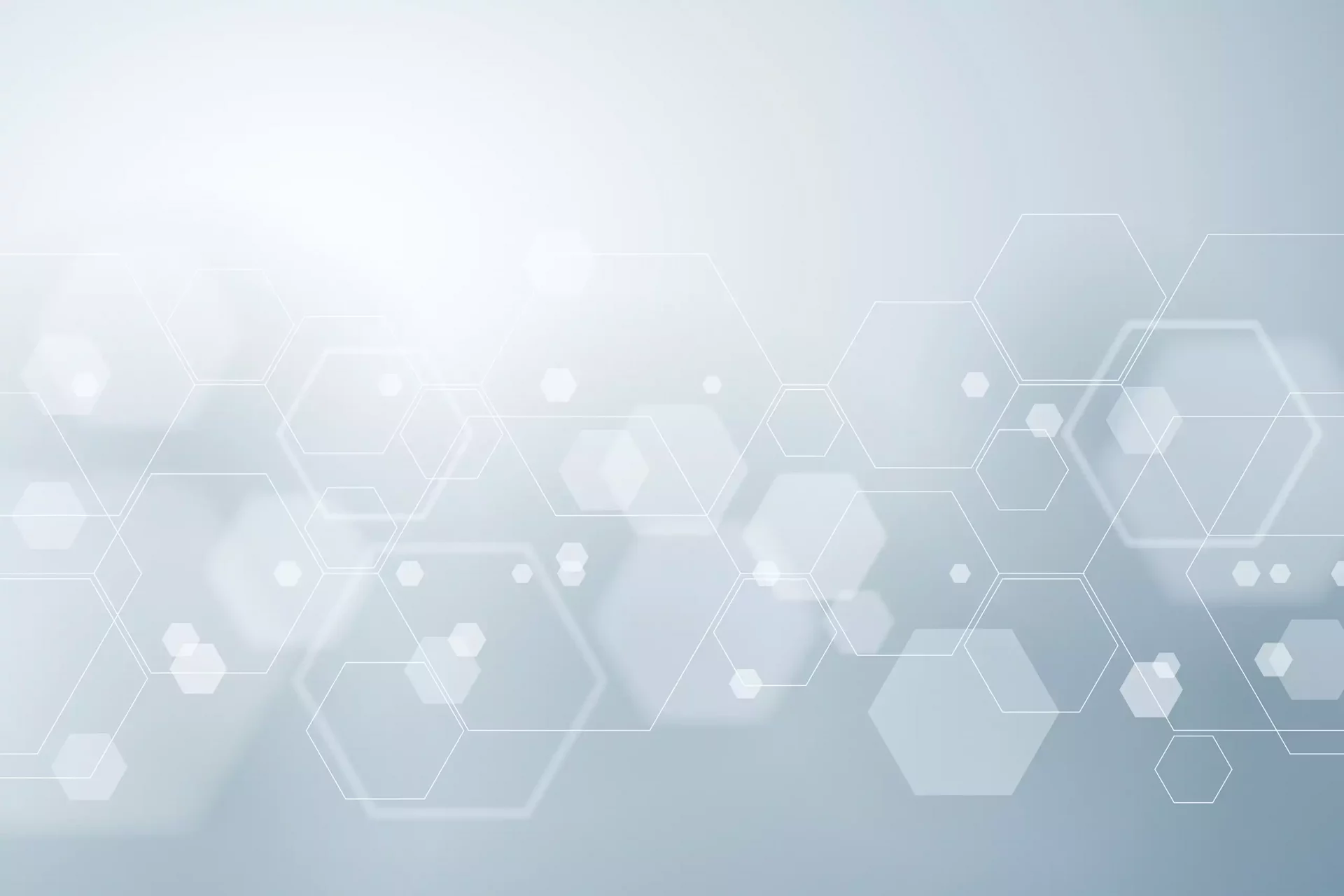Understanding Bisexuality
Bisexuality is a sexual orientation characterized by the attraction to individuals of both the same and different genders. It is an inclusive term, encompassing a broad spectrum of attractions, and is often misunderstood. This article aims to clarify the meaning of bisexuality, its implications, and its significance in today’s society.
The Spectrum of Attraction
One of the fundamental aspects of bisexuality is its recognition of a spectrum of sexual attraction. Unlike a binary view of sexuality, bisexuality includes:
- Attraction to both men and women
- Attraction to non-binary individuals
- Fluid attraction, which may change over time
For example, a bisexual person might feel equally attracted to men and women, or their preference may shift depending on various factors, including emotional connections or life experiences. This fluidity is important to note that bisexuality doesn’t mean being equally attracted to both genders all of the time.
Statistics on Bisexuality
Understanding the prevalence of bisexuality can help demystify and normalize this sexual orientation. According to a 2019 report by the Williams Institute, approximately 52% of LGBTQ+ individuals identify as bisexual, making it the largest sexual minority group. Here are some key statistics:
- About 4% of adults in the United States identify as bisexual.
- Over 60% of bisexual individuals have experienced discrimination or stigma due to their sexual orientation.
- Bisexual individuals are more likely to face mental health issues, with studies showing higher rates of anxiety and depression compared to their gay and straight counterparts.
Common Misconceptions about Bisexuality
Bisexuality often comes with its own set of misconceptions. Some common myths include:
- Bisexuality is just a phase: Many believe that bisexuality is a transitional stage in one’s sexual identity. However, for many, it is a lasting orientation.
- Bisexuality means being promiscuous: The notion that bisexual individuals are more sexually active or disloyal is unfounded and harmful, perpetuating stereotypes.
- Bisexual people are just confused: Bisexuality is a legitimate identity and not a sign of confusion or indecisiveness.
Real-Life Cases of Bisexuality
To understand bisexuality better, it’s helpful to look at real-life examples and case studies. Here are a few notable figures who identify as bisexual:
- Freddie Mercury: The legendary queen frontman identified as bisexual and faced significant stigma throughout his life, yet he remains an iconic figure in LGBTQ+ history.
- Anna Paquin: This acclaimed actress publicly declared her bisexuality in a PSA for the Give a Damn campaign, expressing pride in her identity and advocating for LGBTQ+ rights.
- Kristen Stewart: The actress has openly discussed her fluid sexuality, making it clear that she is attracted to both men and women.
These examples highlight that bisexuality exists across various contexts and that prominent figures often challenge existing stereotypes.
The Importance of Representation
Representation in media and society plays a vital role in the acceptance and understanding of bisexuality. When bisexual characters are portrayed in literature, films, and television, it helps to validate bisexual individuals’ experiences. This representation can lead to improved acceptance within the broader community and empower bisexual individuals to embrace their identity.
Conclusion
In summary, bisexuality is a complex and multi-faceted sexual orientation that encompasses attraction to more than one gender. Understanding bisexuality involves recognizing the unique challenges and experiences of bisexual individuals. Greater awareness and acceptance can foster a more inclusive society that honors the spectrum of sexual identities.


